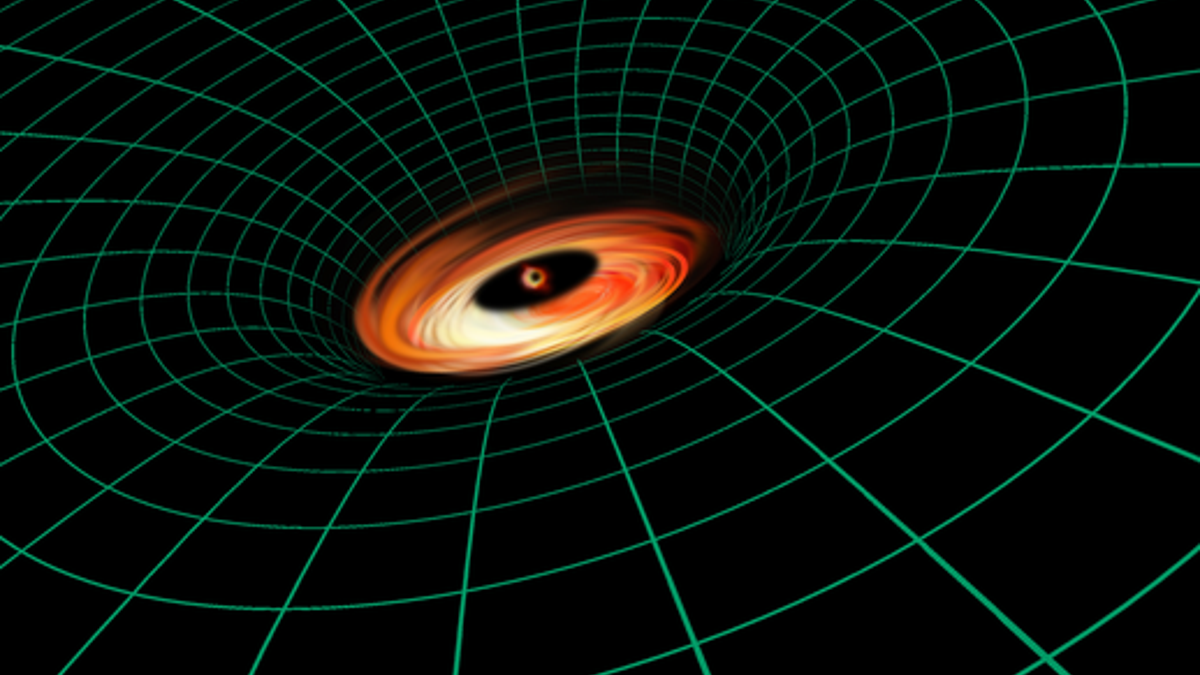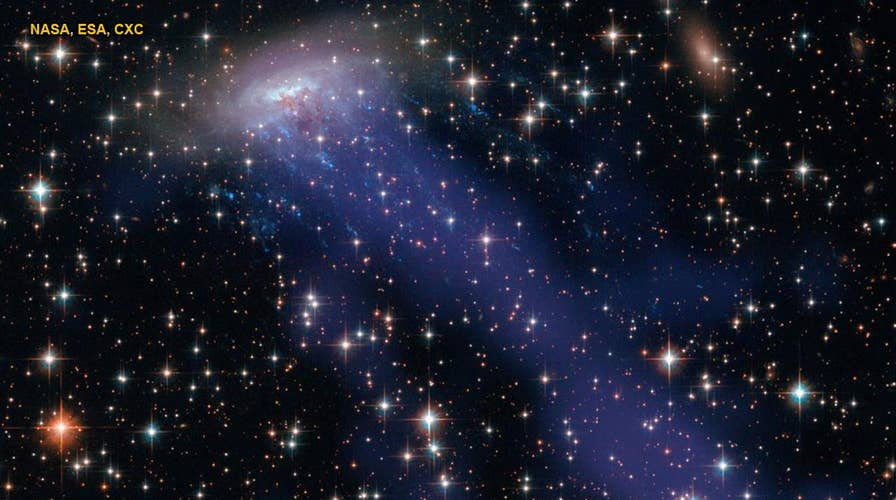NASA spots mysterious galactic 'jellyfish' in space
The forthcoming James Webb Telescope will quickly have its hands full as NASA prepares to study a 'jellyfish'-like galaxy, known as ESO 137-001.
NASA’s Hubble telescope has recently discovered a supermassive black hole that defies existing theories about the universe, a report said.
The black hole, which is about 250 million times heavier than the sun, lies at the heart of the spiral galaxy NGC 3147 and is 140 million light-years from Earth.

The Hubble telescope has detected a supermassive black hole that technically shouldn't exist, according to new findings. (nasa.gov)
Spotted around the black hole was a thin “accretion disk” containing debris and gas rapidly pacing around the edge, according to findings published Thursday in the journal Monthly Notices of the Royal Astronomical Society.
The black hole was unusual in that its gravitational pull was not capturing the disk of material, which was moving at 10 percent the speed of light, according to the journal.
3RD MYSTERIOUS DEEP-SPACE FLASH TRACED TO HOST GALAXY
Lead author Stefano Bianchi said it’s “the same type of disk we see in objects that are 1,000 or even 100,000 times more luminous.”
“The predictions of current models for gas dynamics in very faint active galaxies clearly failed,” Bianchi added.
By observing the disk through blocking out starlight, researchers were able to better study processes happening close to the black hole’s edge. The team said they plan to study more galaxies with the Hubble Space Telescope in the future to find similar disks of material.





















